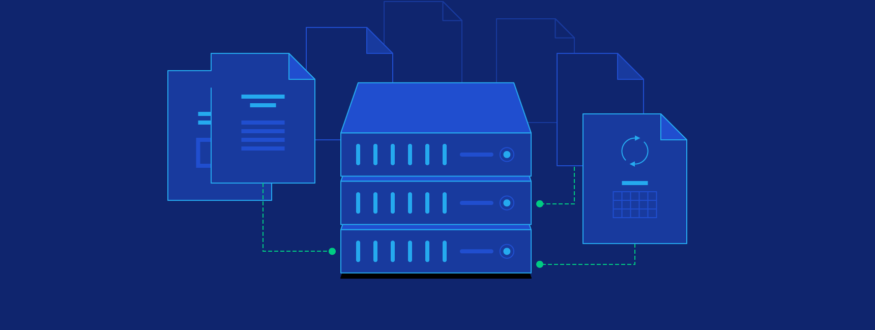Restoring an RDS (Relational Database Service) instance from a backup is an essential task for many database administrators. It’s crucial to have a reliable backup and recovery strategy in place to ensure that your data is safe and accessible in case of any unexpected events, such as hardware failures, software bugs, or human errors. However, restoring an RDS instance from a backup can be a complex process, and it’s essential to follow best practices to avoid downtime or data loss.
One of the most common concerns when restoring an RDS instance from a backup is whether the RDS endpoint will change. The RDS endpoint is the network address used to connect to the RDS instance, and it’s typically associated with DNS (Domain Name System) or a CNAME (Canonical Name) record that maps the endpoint to the underlying IP address of the RDS instance. Changing the RDS endpoint can be disruptive, as it can affect applications and services that depend on the database.
Fortunately, it’s possible to restore an RDS instance from a backup without changing the RDS endpoint. In this article, we’ll explain how to do it step-by-step, using the AWS (Amazon Web Services) Management Console.

Step 1: Create a new RDS instance
The first step is to create a new RDS instance that will serve as the target for the backup restoration. Go to the AWS Management Console and select RDS. Click the “Create database” button, and choose the same database engine, version, and configuration as the original RDS instance. Make sure to select a different identifier and instance name, as the new RDS instance will be a separate entity from the original one.
Step 2: Restore the backup to the new RDS instance
Once the new RDS instance is created, go to the “Snapshots” section of the RDS dashboard, and select the backup you want to restore. Click the “Restore snapshot” button, and choose the new RDS instance as the target. In the “Additional configuration” section, select “Restore to point in time” and specify the timestamp or the transaction ID that corresponds to the moment before the data loss or corruption occurred. Review the other settings and click “Restore DB instance.”
Step 3: Wait for the restoration to complete
The restoration process may take some time, depending on the size of the database and the network bandwidth. While the restoration is in progress, the new RDS instance will have a different endpoint than the original one. However, this endpoint will not be used for production traffic, as the original RDS instance is still running and serving requests.
Step 4: Test the restored data
Once the restoration is complete, you can test the data by connecting to the new RDS instance and running queries or applications that depend on the database. You can use the same credentials and connection parameters as the original RDS instance, but make sure to specify the new endpoint that corresponds to the new RDS instance.
Step 5- Switch the traffic to the new RDS instance
After verifying that the restored data is accurate and complete, you can switch the traffic to the new RDS instance. To do so, go to the “Instances” section of the RDS dashboard, and select the original RDS instance. Click the “Modify” button, and change the endpoint of the instance to a different name, such as “old-<original endpoint>.” Then, go to the “Instances” section again and select the new RDS instance. Click the “Modify” button, and change the endpoint of the instance to the original endpoint. This way, the applications and services that connect to the RDS endpoint will seamlessly start using the new RDS instance, without any disruption or downtime.
In conclusion, restoring an RDS
